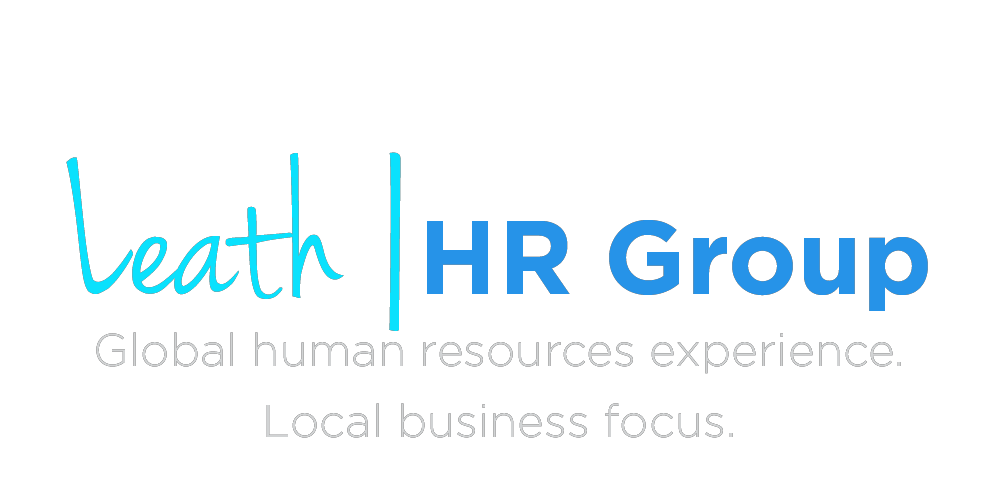For the first time in history, the U.S. workforce is made up of five different generations: Traditionalists, Baby Boomers, Gen X, Millennials, and Gen Z, according to this recent Purdue University report. With this multi-generational diversity comes a wide range of perspectives, skills, and preferences in the workplace. This presents an incredible opportunity for business growth when you create the appropriate environment for learning and collaboration.
We’ve all heard the phrase “Age is just a number when it comes to learning!”. And it’s true. Finding innovative ways to learn more from each other is one way to take your business (and team) to the next level.
Most of us know what a traditional mentorship looks like – a senior leader pairs with a junior employee to help show “the way” of the business and industry. While this is a great initiative, let’s take it a step further.
Flip Traditional Mentorship on Its Head
Reverse mentorship is traditional mentorship, flipped. Junior employees are paired with senior employees. Let us walk through how implementing reverse mentorships can bring a ton of benefits to your talent teams.
1. Bridging the generation gap: With the changing workforce demographics, there is a growing generational divide in the workplace. Reverse mentorship can help bridge this gap by supplying a platform for different generations to understand each other’s perspectives, work styles, and communication preferences.
2. Up-to-date knowledge: Younger employees often have a better grasp of new technologies, social media, and the latest trends in their respective fields. Senior employees can receive help from learning tips and tricks from tech-savvy employees and stay relevant in the workplace.
3. Learning from different perspectives: Both parties can learn from each other’s experiences, knowledge, and perspectives. The senior employee can gain insights into the younger generation’s values, work ethic, and attitudes, while the younger employee can receive help from the senior employee’s wisdom, experience, and ability.
4. Skill development: Reverse mentorship can provide opportunities for skill development for both parties. The younger employee can learn leadership and communication skills, while the senior employee can develop their coaching and mentoring skills.
5. Mutual respect and appreciation: Reverse mentorship can build mutual respect and appreciation between employees of different generations. It can also help create a positive work culture where everyone’s contributions are valued and recognized.
Here are a couple examples of a Reverse Mentorship:
· A junior analyst mentors the VP of Finance on latest trends in the fin-tech space.
· A Gen Z employee who is a YouTube-short pro shows the Marketing Director the benefits of short form video as a piece in the marketing funnel.
Reverse mentorships are a win-win for senior teams and new generations in the workplace. When done correctly, they can be extremely valuable when it comes to developing your talent teams and bridging generational gaps in the workplace. There is a lot to learn from each generation and it can be a great way to boost engagement, collaboration and retention!
Bring a different approach to your talent strategy! At Leath HR Group, we love helping businesses develop and implement initiatives without stress. Reach out to us for a free consultation!
Contributing author: Gabrielle Plumez, People + Culture Consultant with Leath HR Group.
This article is featured on WilmingtonBiz Insights.


